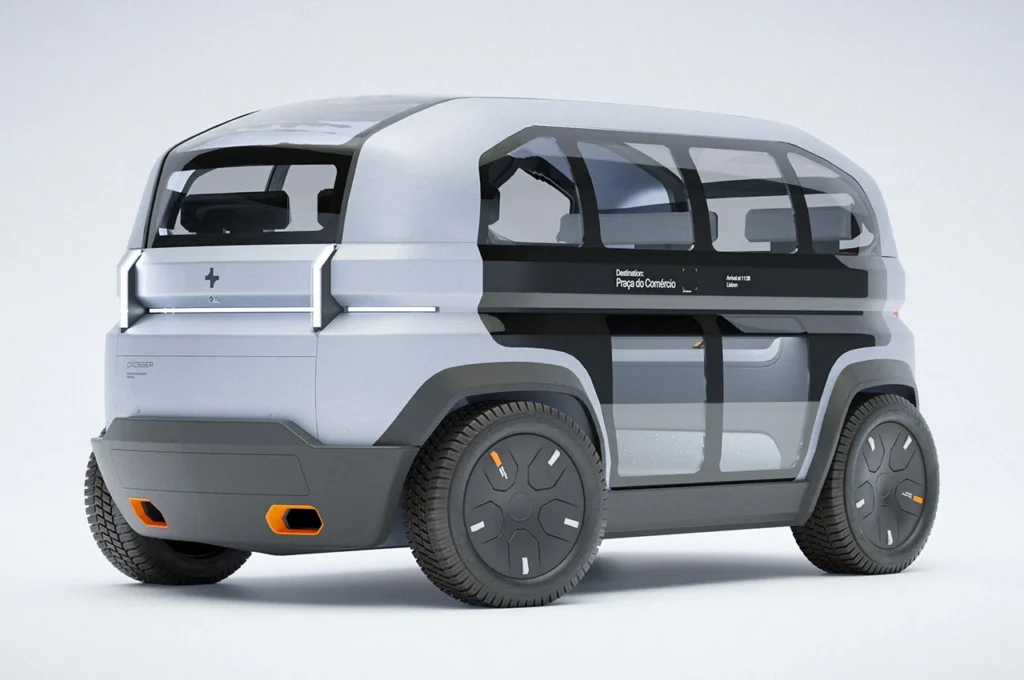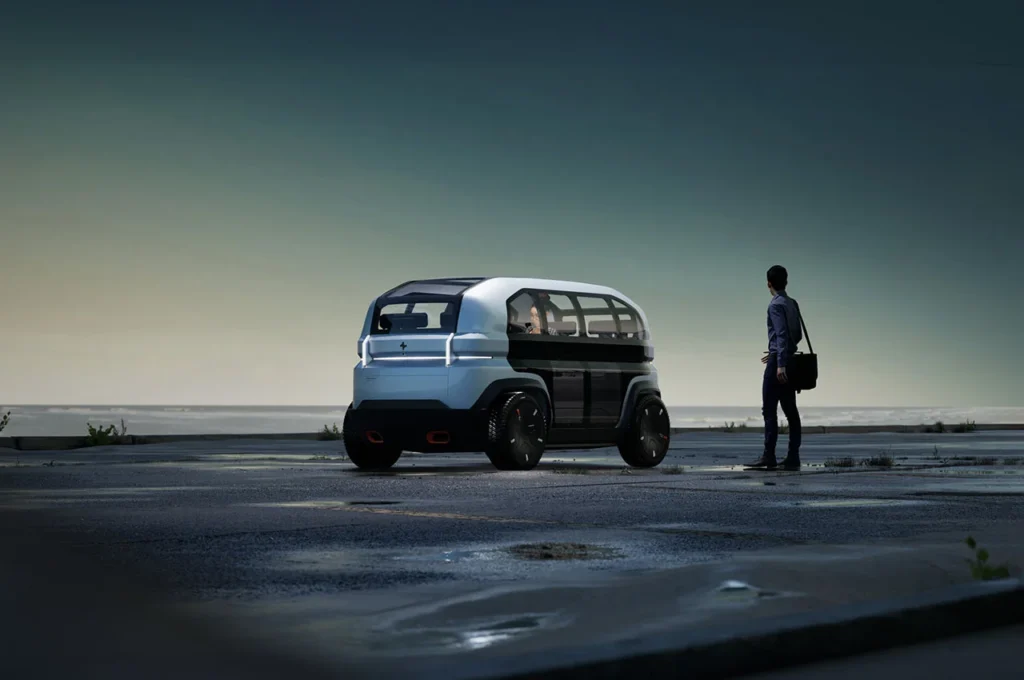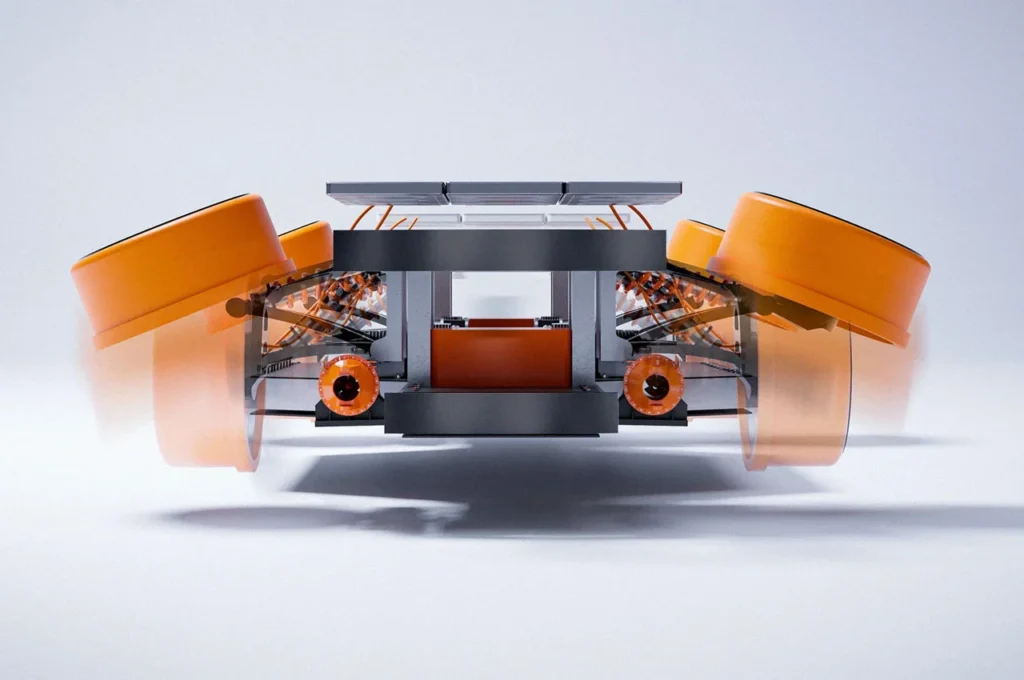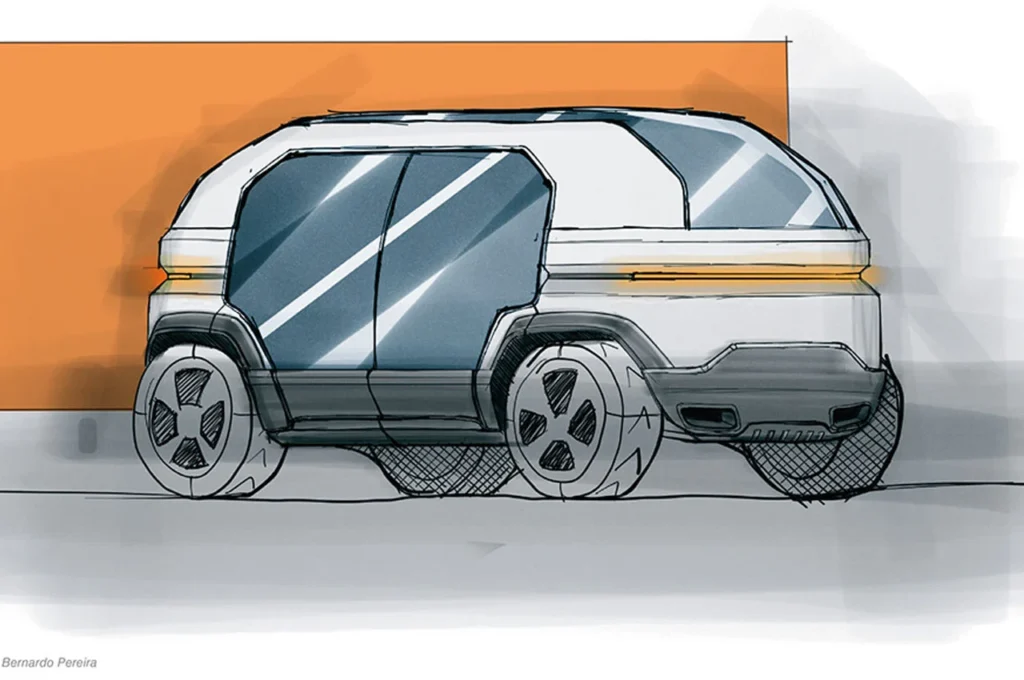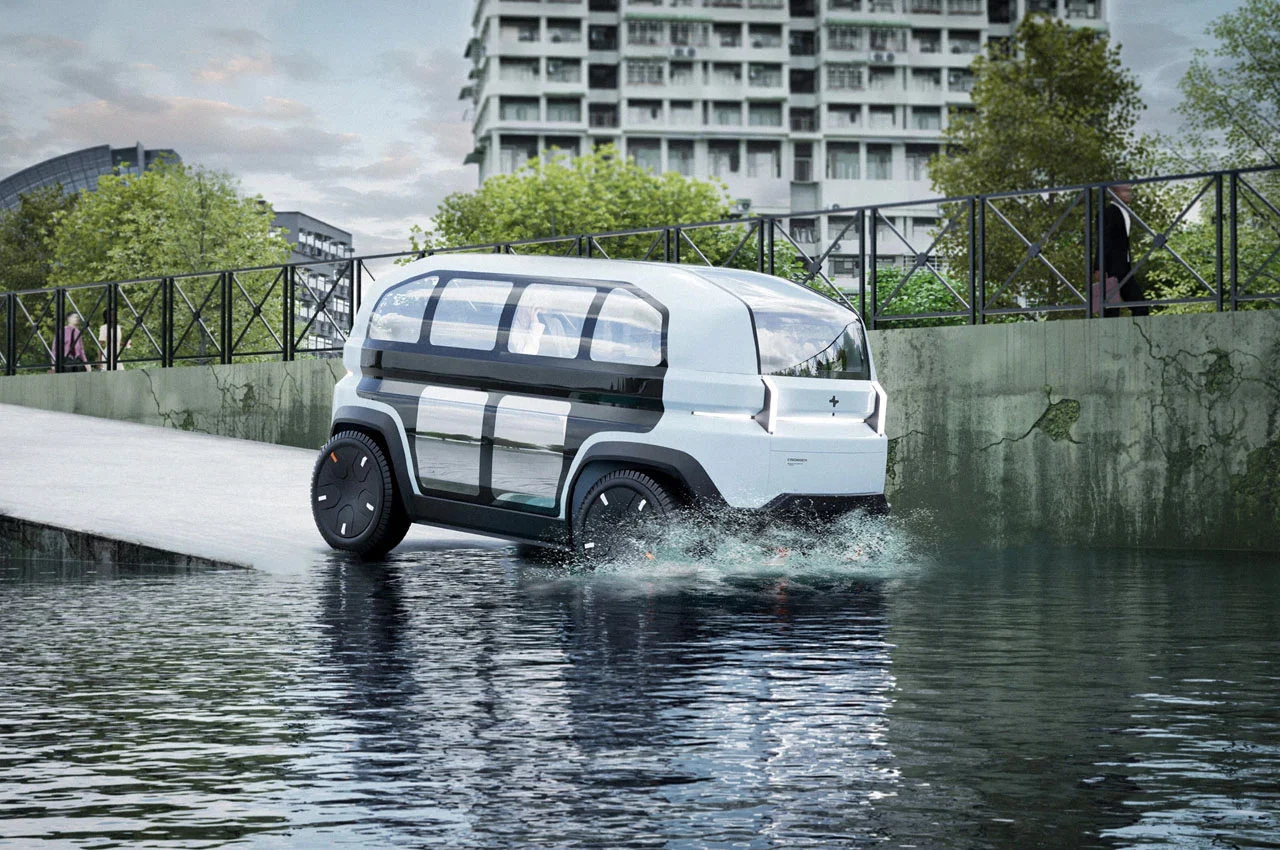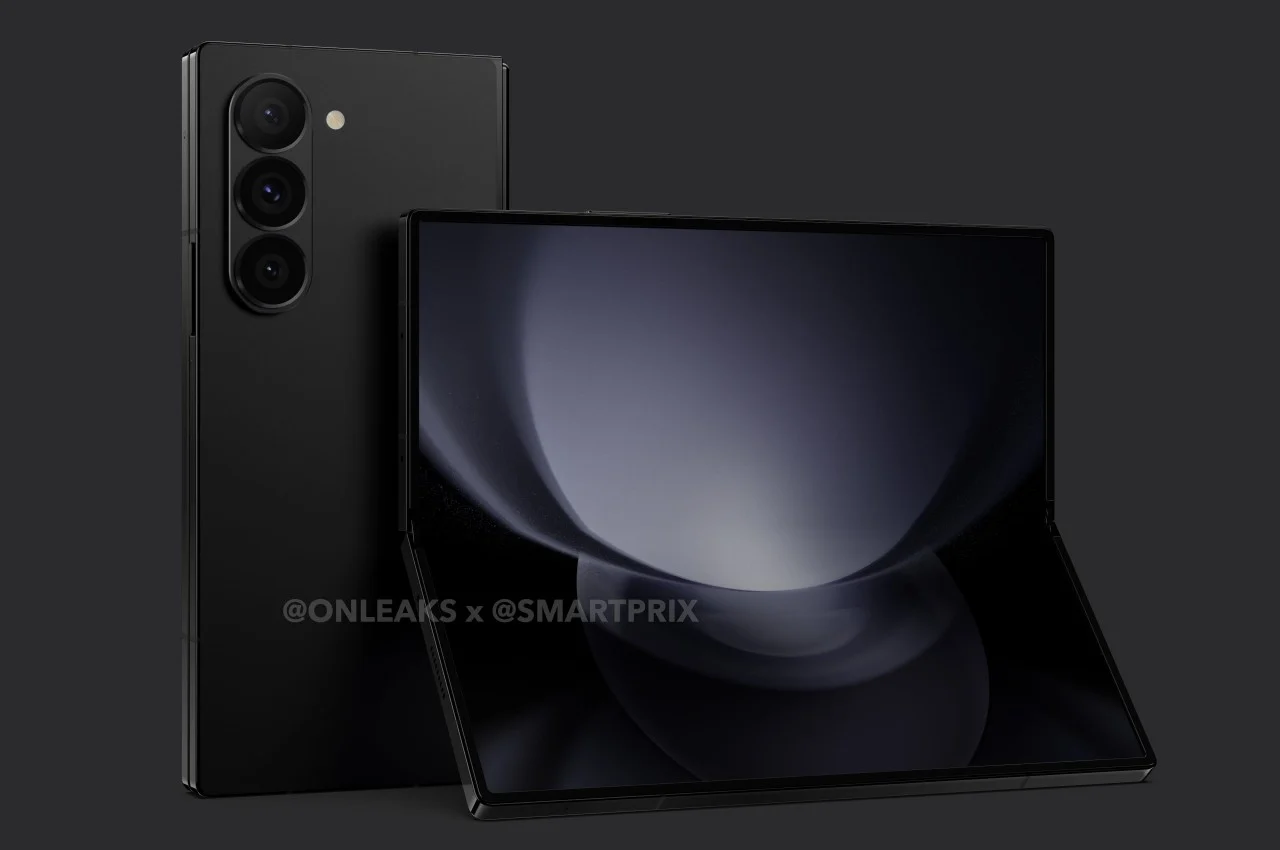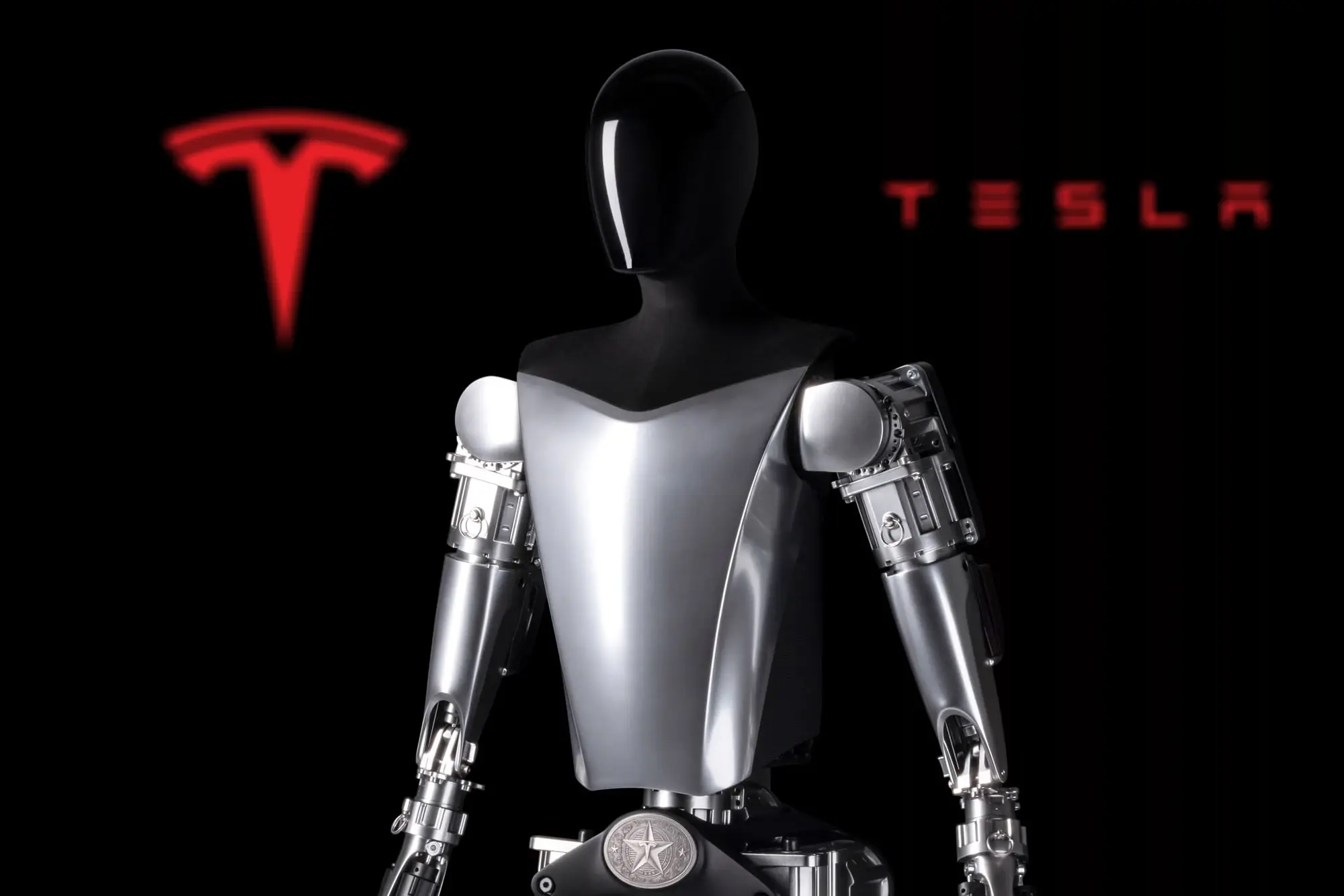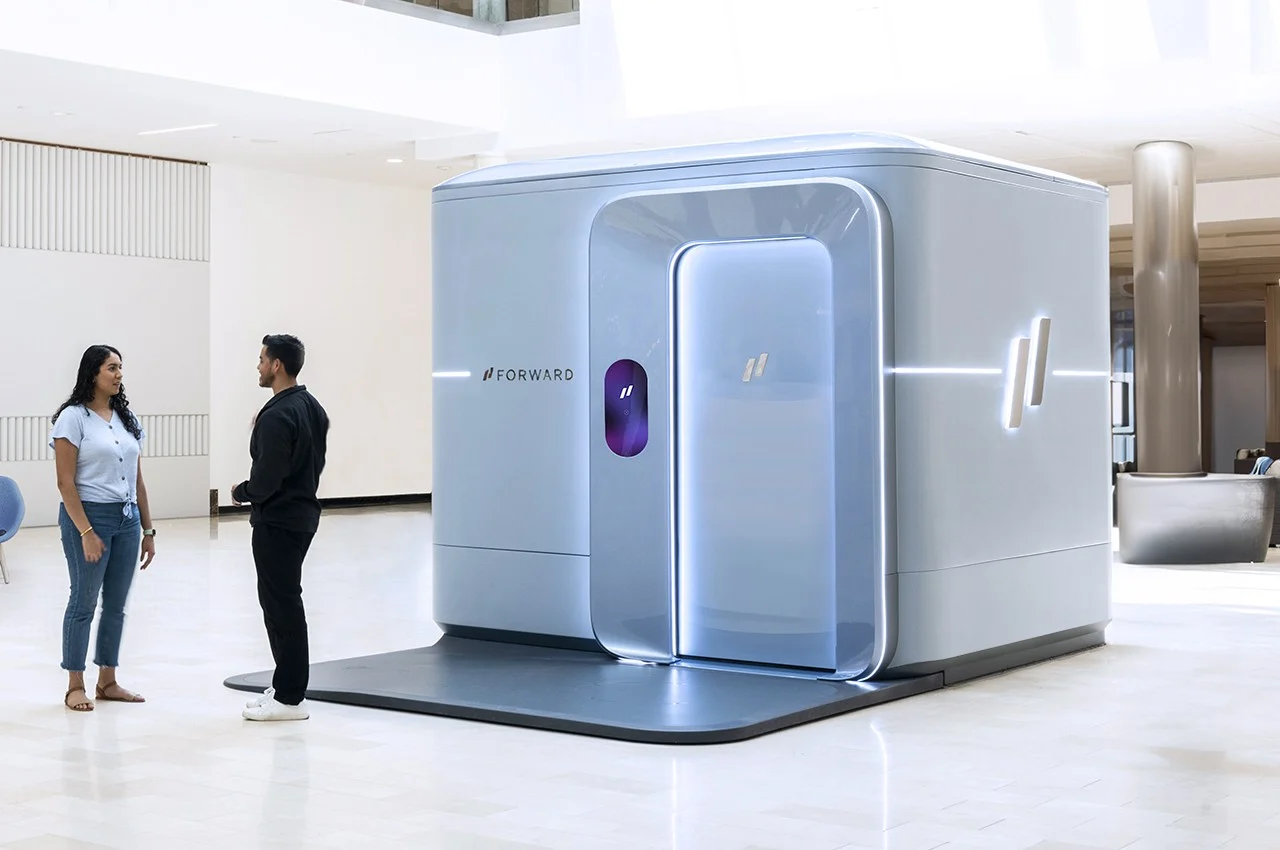Electric, hydrogen, and hybrid vehicles will help address environmental issues, but the sheer volume of vehicles on the roads will persist. Competition for road space will grow, despite efforts to promote compact concept vehicles. Flying cars seem appealing, but their practicality in crowded airspace is questionable. An alternative solution, especially for tropical regions, could be amphibious vehicles, offering a way to navigate around traffic jams for more efficient travel.
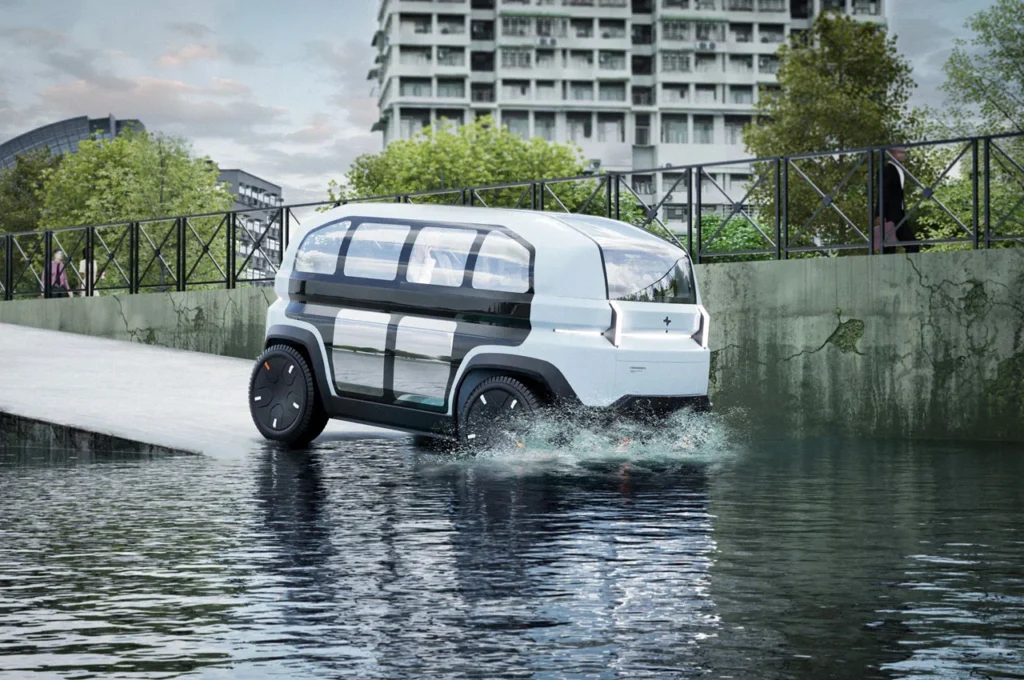

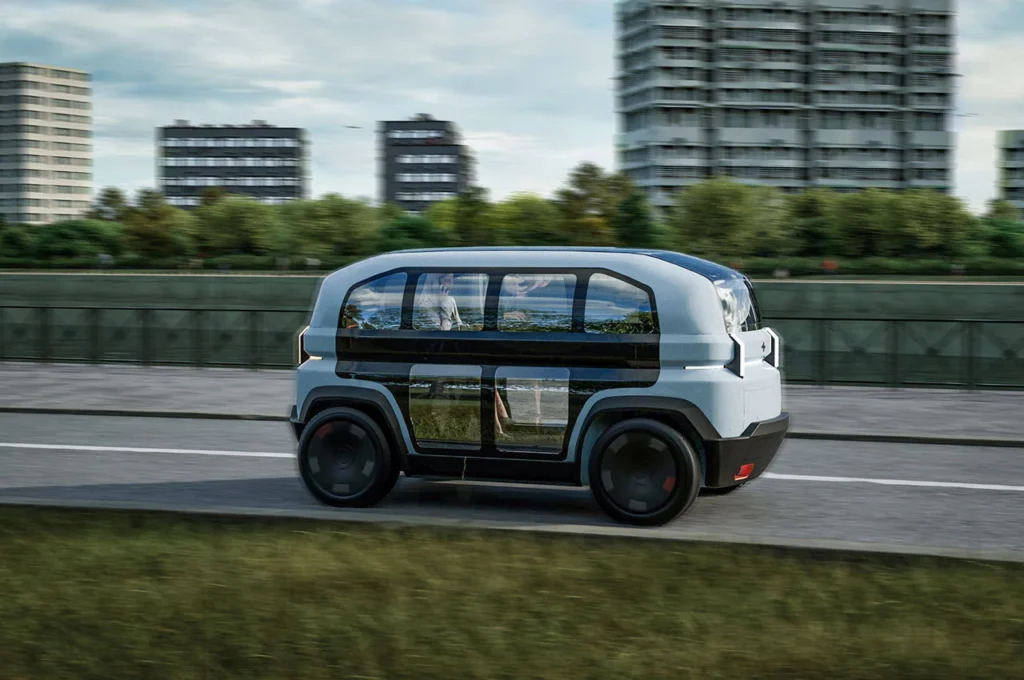
The CROSSER V1 is made for commuting in coastal cities, aiming for flexible and fast transportation. Being electric, it’s quieter and cleaner. The CROSSER fleet provides personalized 24/7 service for urban residents.
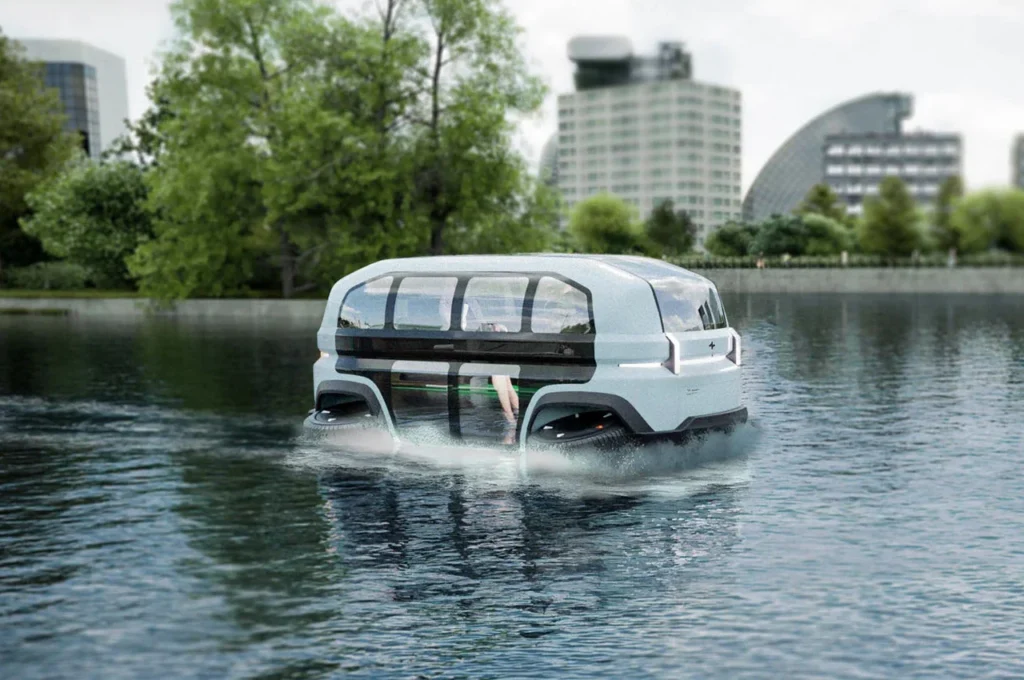
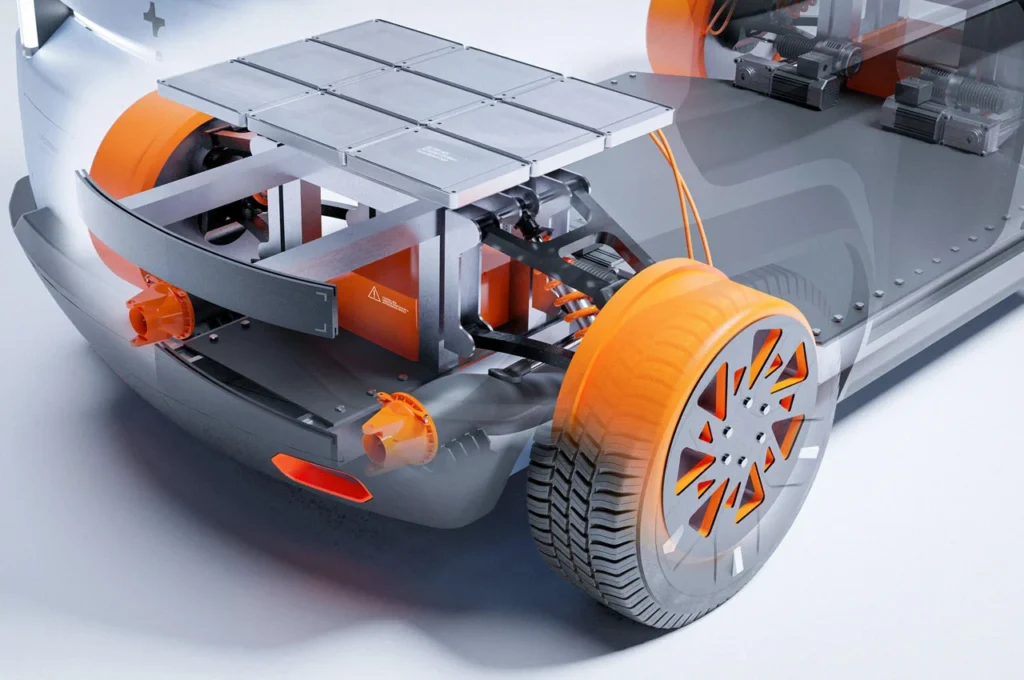
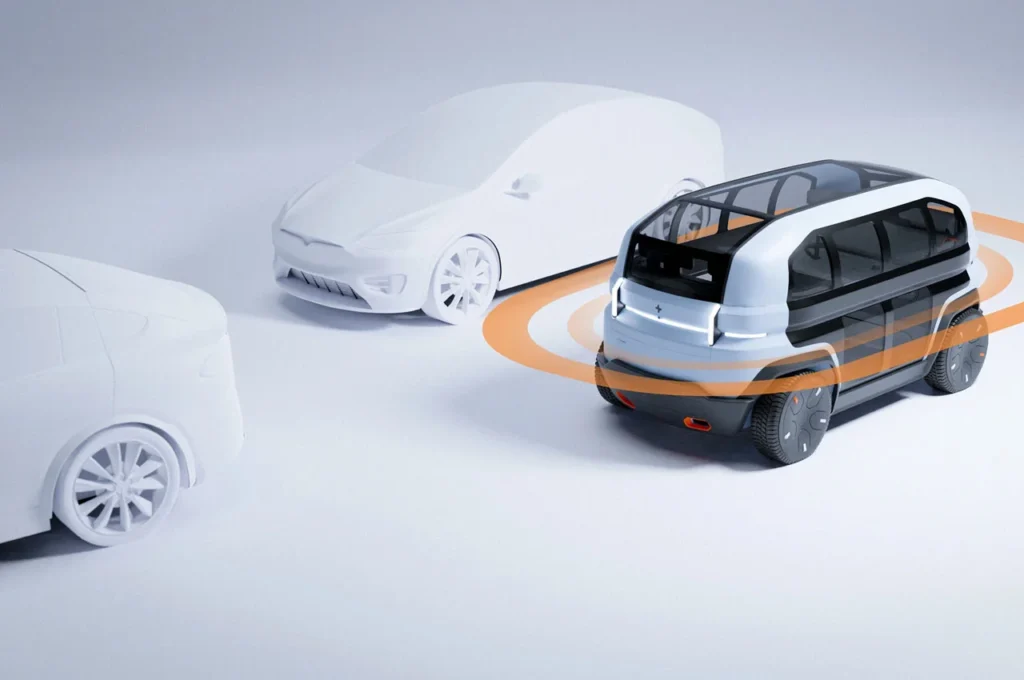
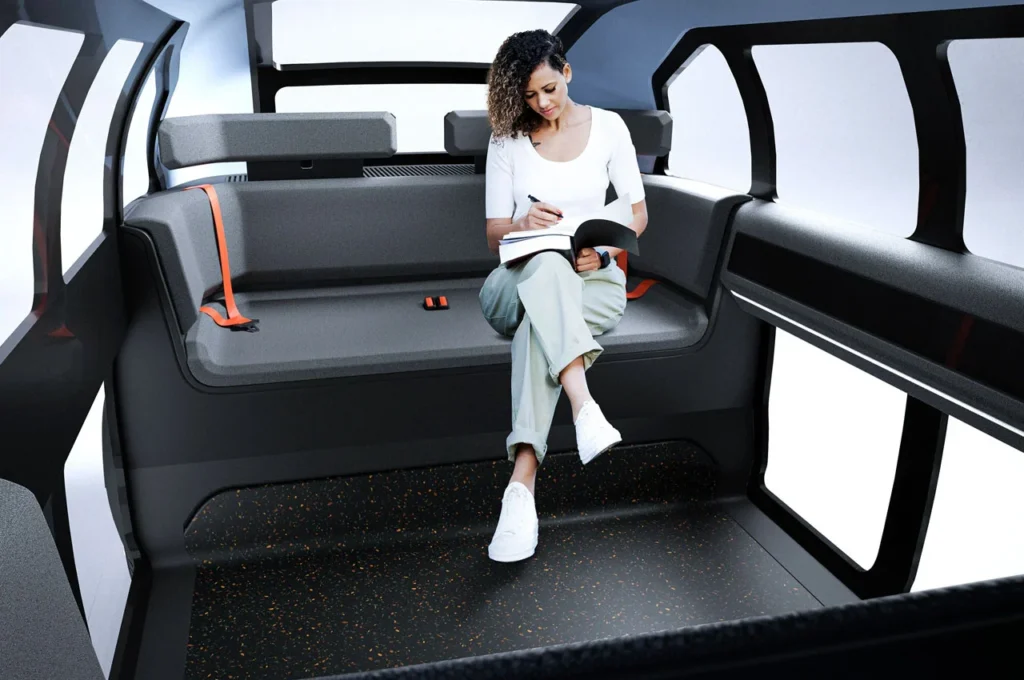
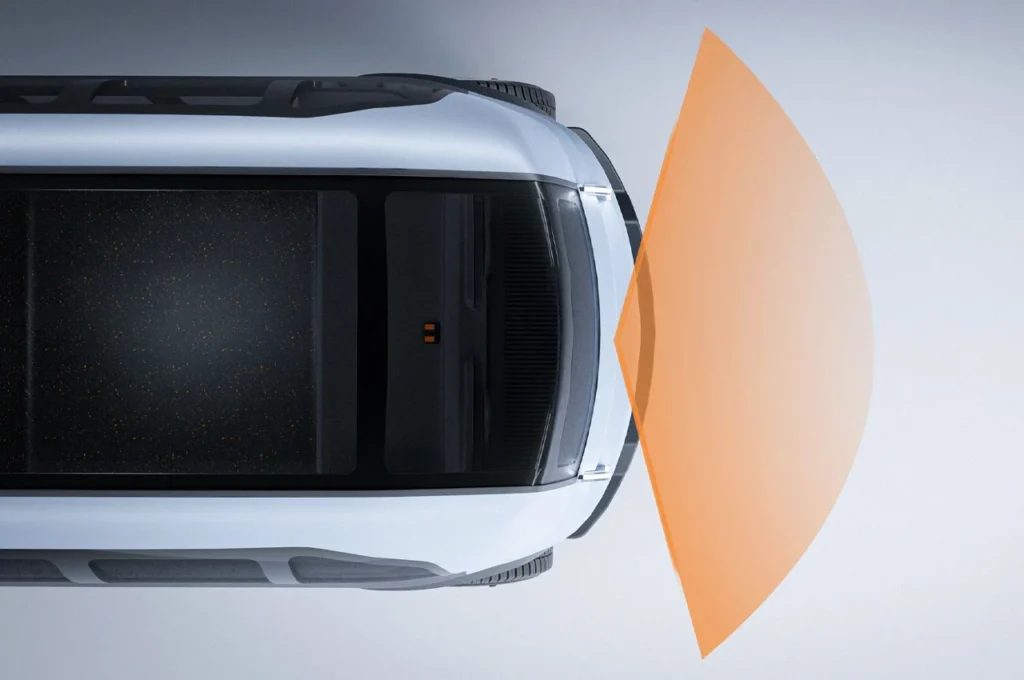
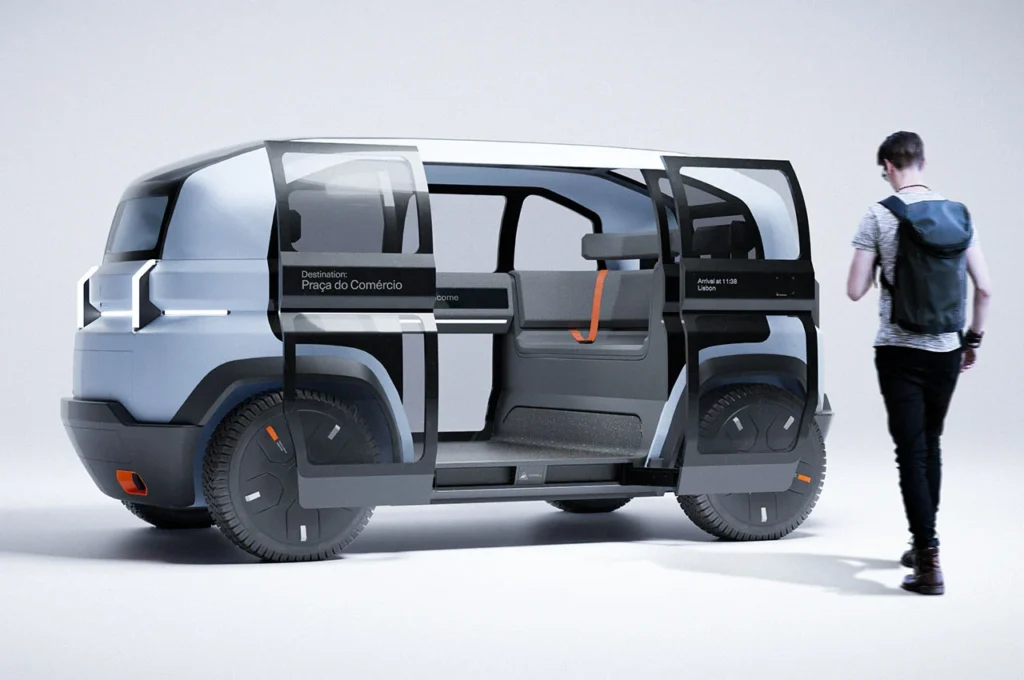
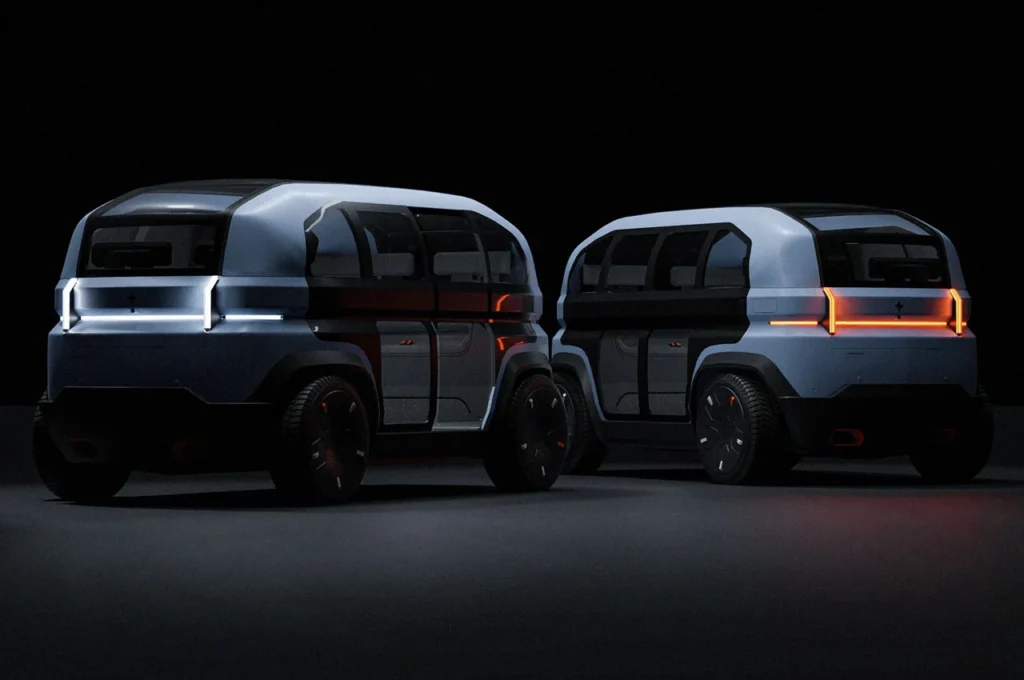
The future of transportation will cater to various user needs, depending on their travel purposes and lifestyle. This transition will involve interconnected mobility systems, integrating sustainable practices and technologies. Bernardo developed four versions of this concept, culminating in an amphibious transportation service. The vehicle features smart navigation, choosing the quickest path on land or water.
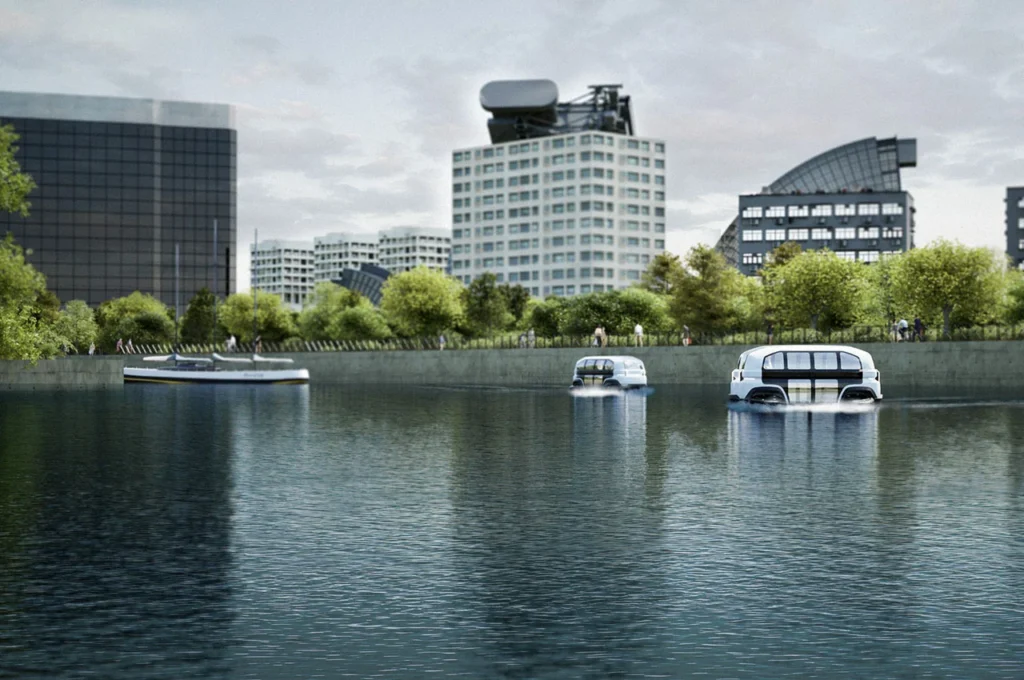
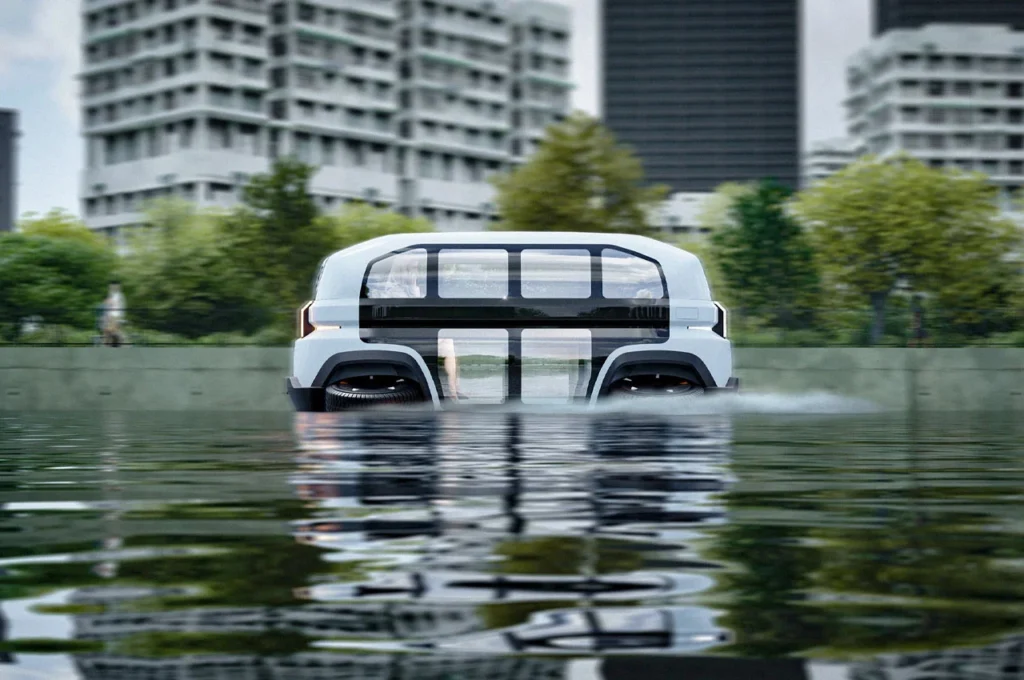
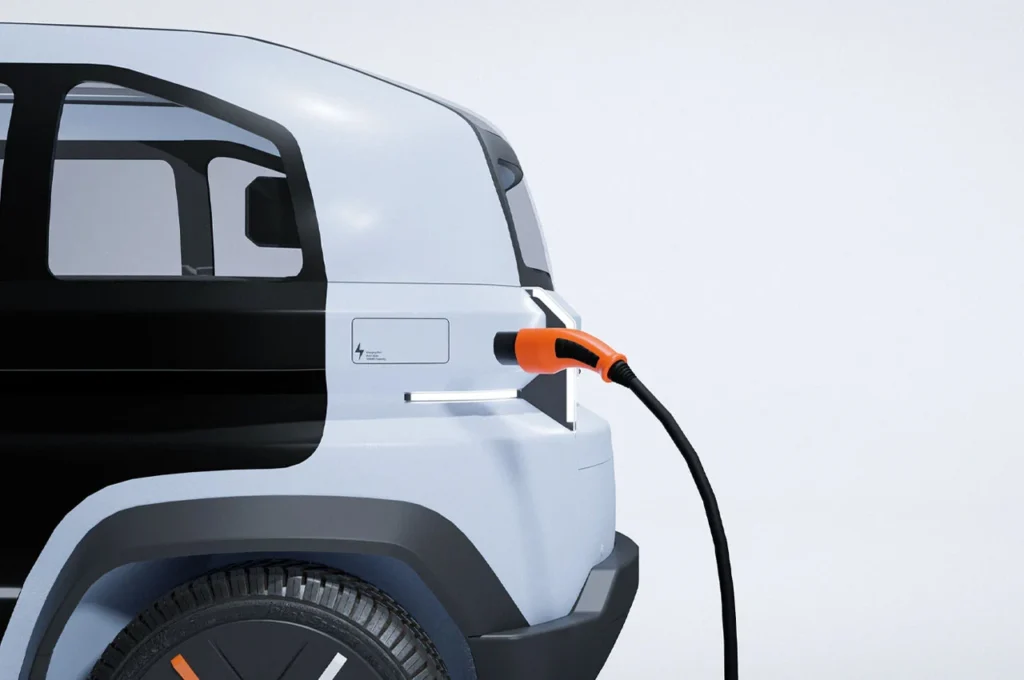
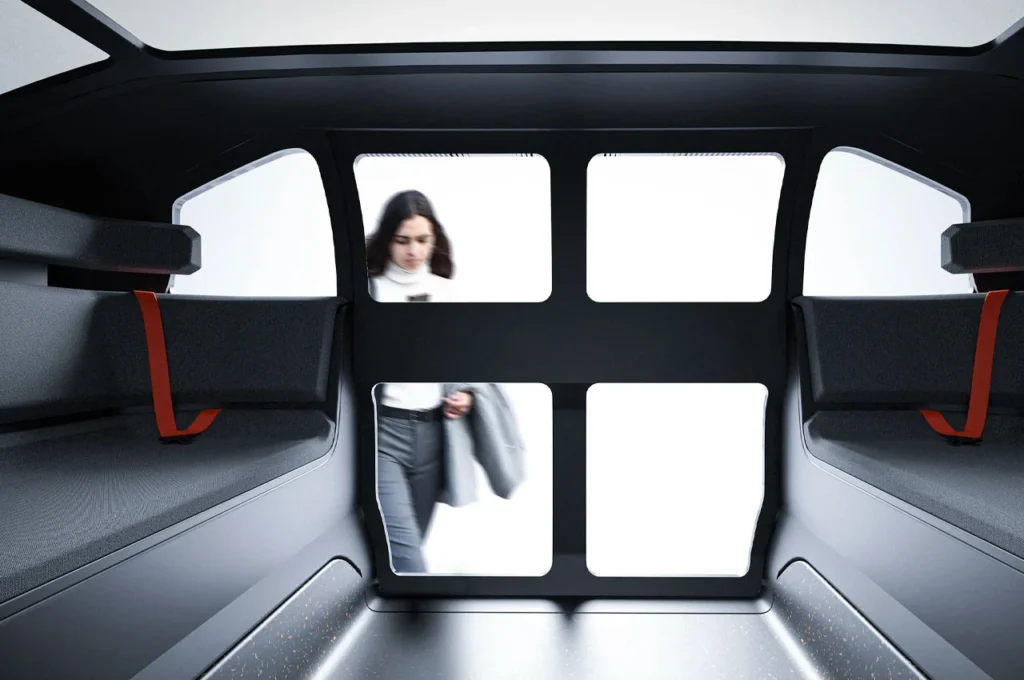
The CROSSER is designed to be a versatile service, offering more than just passenger transportation. Its modular features allow for customized interiors based on user needs. By default, it seats four people and displays route information, weather, and warnings. With panoramic views, the seats have sensors and adjustable headrests.
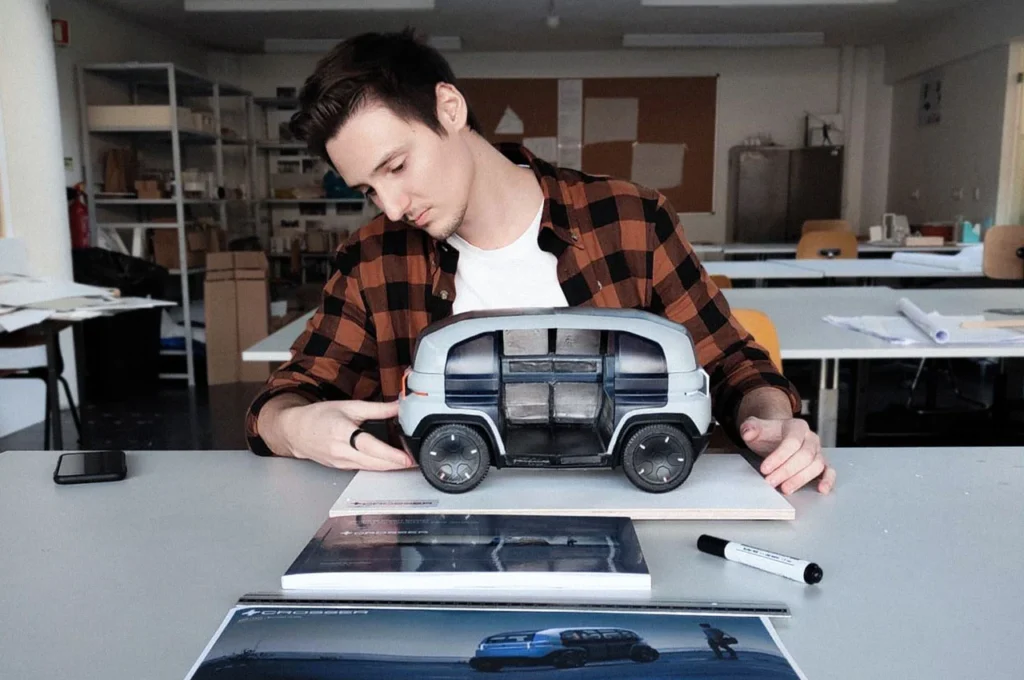
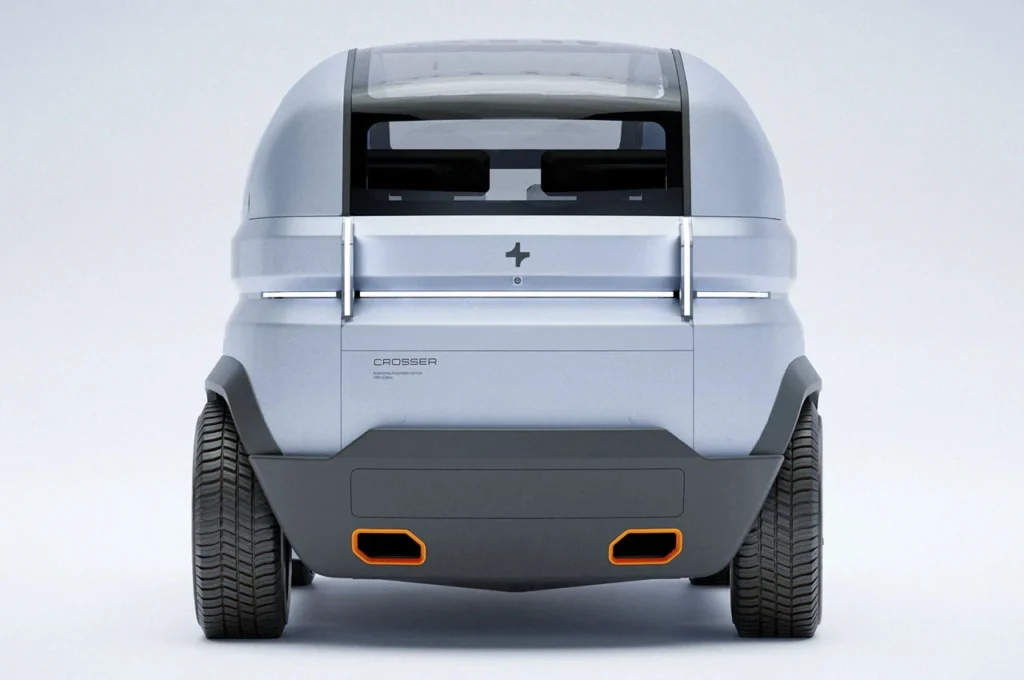
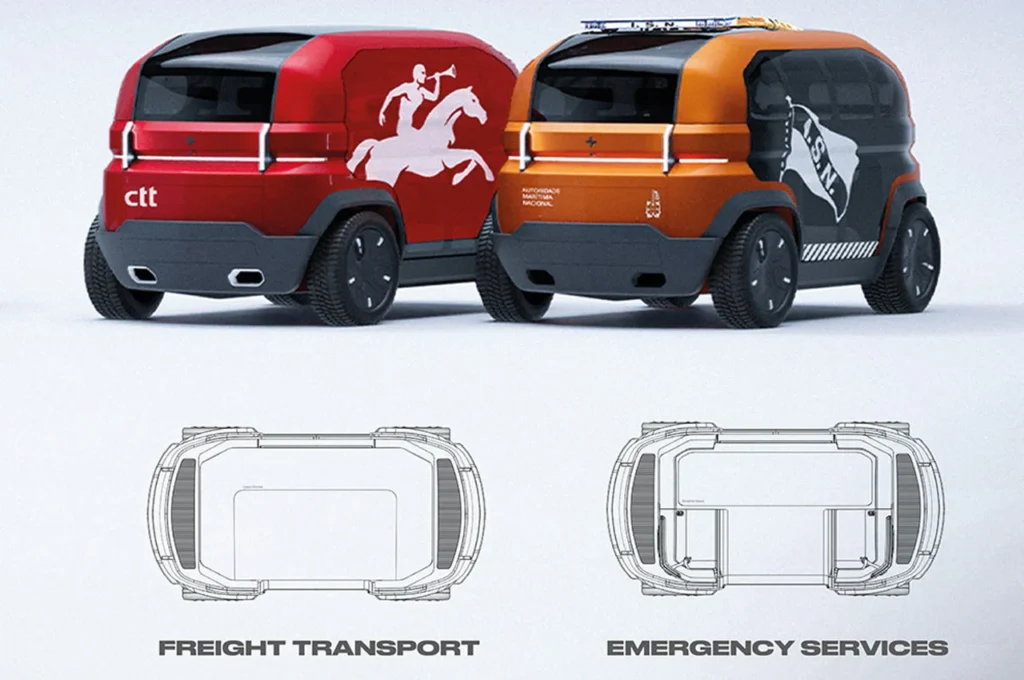
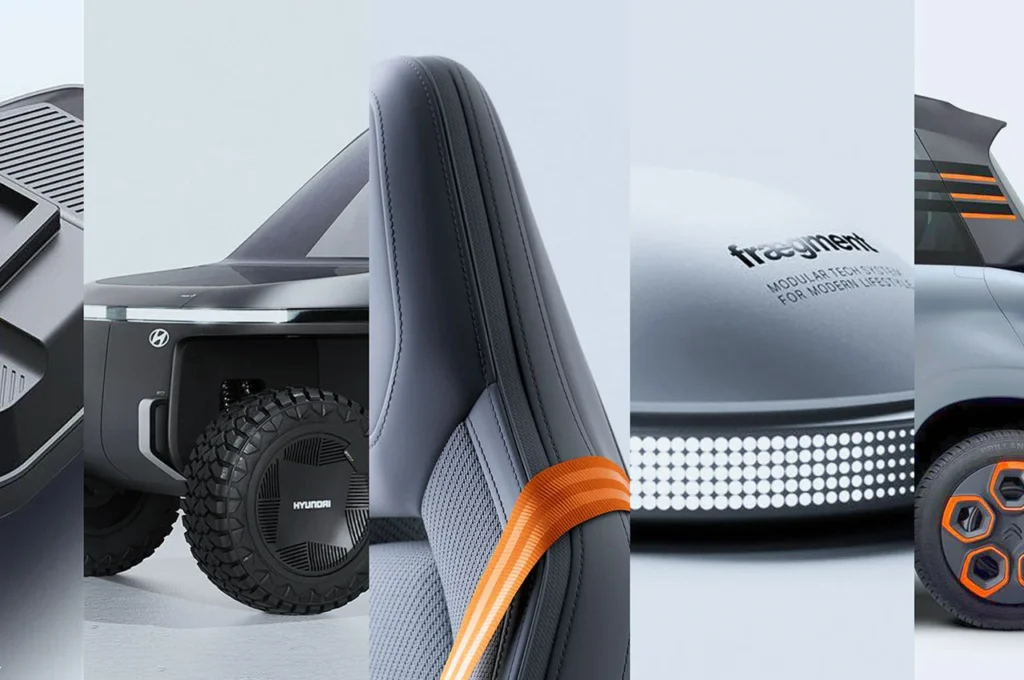
When transitioning to water travel, the CROSSER V1 uses its suspension system to elevate the maximum angle by 90 degrees. This happens automatically, thanks to LiDAR and Radar sensors, without requiring the vehicle to stop. Dual cameras with a wide viewing angle enhance the user’s display feed. This system not only facilitates water travel but also detects obstacles on land.
